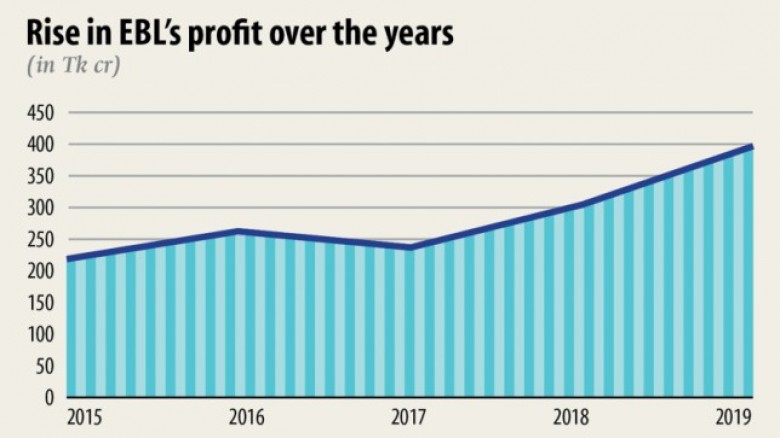Managing menopause through proper dietary
What happens during menopause?
The female hormone oestrogen begins to decline during perimenopause, which usually begins in a woman's 40s. These hormonal changes increase the rate at which females store visceral fat, which surrounds the vital organs deep within the abdomen, and precipitate changes in insulin sensitivity and glucose metabolism, putting them at increased risk of cardiovascular disease and diabetes.
There are also other physical changes including higher blood pressure, changes in cholesterol levels (increasing risk of heart disease), and losing calcium from bones (raising the risk of osteoporosis), weight gain, hot flushes, night sweats, irritability, poor concentration, more frequent headaches, and joint pains. These symptoms can last for just a few months to several years. The range of symptoms and how severe they are, is different for each woman.
The decline in oestrogen and progesterone, which leads to hot flushes in about 75 to 85 percent of women, contributes to insomnia. Hot flushes can disrupt sleep because body temperature dramatically rises, leading to night sweats that cause sudden waking. Most women experience hot flashes for about one year, but some experience them for up to five years.



























Ostavite komentar